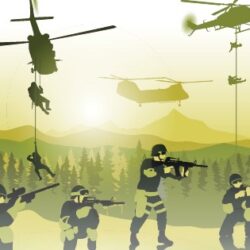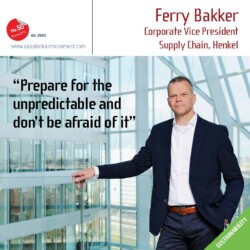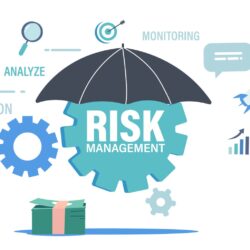Checklist for Mission Command leadership

In 2010, Professor Stephen Bungay proposed that companies could apply the military concept of Mission Command leadership as a way of coping with the challenges imposed by the fast-changing and unpredictable dynamics in business environments. Now more than ever, the widespread social, economic and geopolitical uncertainty is affecting the way companies are doing business. The issue of how to deal with all this turmoil is of the utmost urgency.
The Mission Command leadership approach was developed (or actually systematized based on more than a century of battlefield experience) by the military sector as a response to the harsh challenges faced in operational contexts dominated by increasing volatility, uncertainty, complexity and ambiguity (VUCA).
In short, the US Army doctrine envisages two basic concepts of command within the broader Command & Control framework. The first concept is Detailed Command, based on compliance with specific, detailed orders. From a business perspective, this means “I tell you what to do and how to do it, and you simply do as I say”. Subordinates are not required or encouraged to show any initiative. The key word here is compliance.
The second concept is called Mission Command. This approach to operations empowers subordinate decision-making and decentralized execution, appropriate to the situation. From a business perspective, this means “I tell you what to do and why, and you act to achieve the ultimate goal”. Shared understanding, continuous feedback, professionalism and initiative are required and encouraged to make the most of the situation and keep the momentum going. The key word here is commitment.
The ongoing war in Ukraine – where the first approach is being used by the Russians and the second by the Ukrainians – perfectly illustrates the clash between these two completely different approaches and their consequences. Needless to say, conditions in business environments are nowhere near as harsh as in an outright war. However, many parallels can be drawn, and in the last three years alone, the pandemic and the Ukraine war have created an example of a ‘perfect storm’ of disruptions.
Download the checklist for Mission Command leadership
Roberto Crippa (Supply Chain Director & Chief Risk Officer) and Chiara Vescovi (HR Manager), both from the Italian manufacturing company Tecniplast, and Supply Chain Movement have developed this checklist to assess how well your company can cope in a VUCA world. Answer these 10 questions and find out whether you are successfully applying the concept of Mission Command leadership.
Find more checklists of Supply Chain Movement here >>










